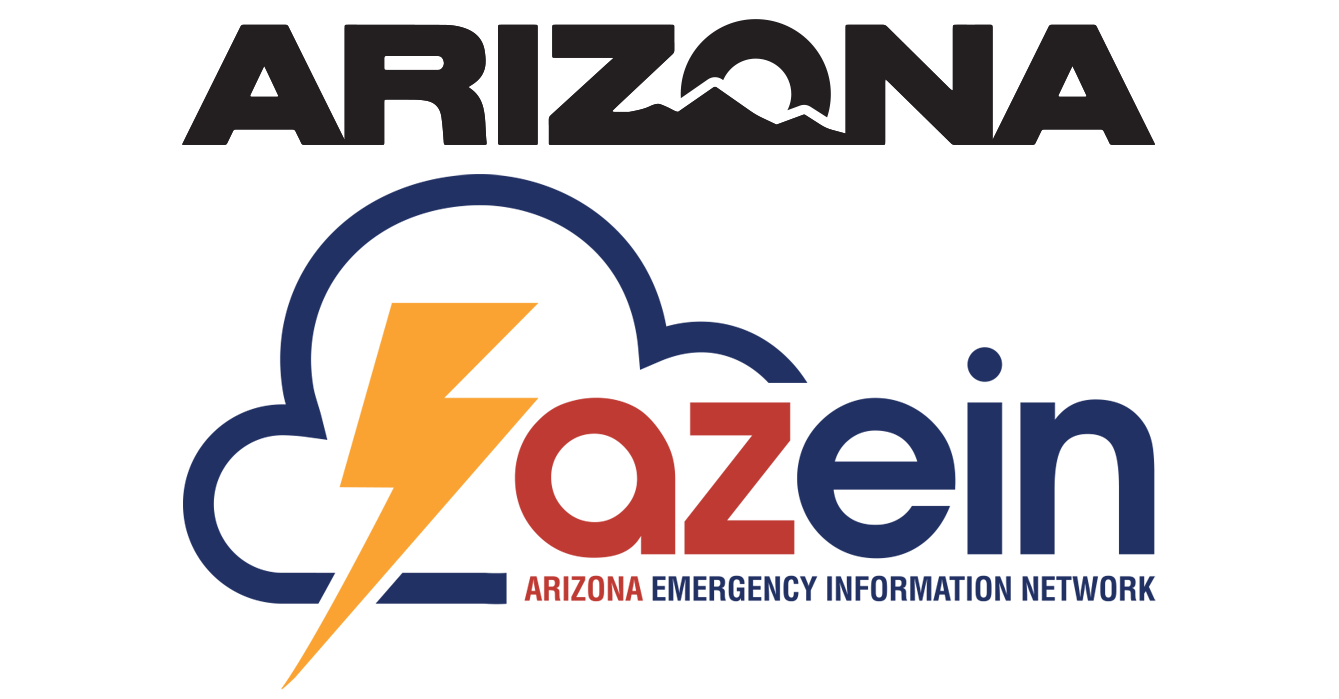Prescribed fires beginning in October on Williams Ranger District
Fire managers on the Williams Ranger District are planning to kick off the 2024 fall prescribed fire season the first week of October, likely starting with the Three Sisters Prescribed Fire Project located just north of the City of Williams and Interstate 40, south of forest road 124, between Airport Road and the west side of Highway 64. Pending favorable conditions, crews anticipate beginning ignitions on Monday September 30th. This project has been active since 2019 and managers are hopeful to complete the final three units totaling just under 3000 acres in approximately two to three days.
The Marteen East Rx Project is also set to begin later this same the week. This project is located north of Spring Valley, west of forest road 144 and East of Laws Spring. 4500 acres are scheduled for treatment and managers are hopeful to complete this unit by the weekend ahead.
Area residents and visitors can expect to see and hear a helicopter in the area, as aerial ignitions will occur on portions of the burn. Aerial-drone systems should not be used near the active project area, as they could interfere with aircraft operations.
Smoke will be highly noticeable from the Williams area, particularly the Country Club / Elephant Rocks Golf Course, H.A. Clark Memorial Field Airport, Cataract Lake Park, Kaibab Lake, Ash Fork, Valle, Parks, Spring Valley, portions of State Route 64 and I-40. Smoke is expected to lift during the day and travel west away from developed areas adjacent to these burns, however cooler overnight temperatures may cause smoke to settle into low-lying areas surrounding the burn location.
No road or trail closures are planned as part of these prescribed fire operations however, fire personnel and vehicles will be visible to the public at these locations. Motorists are reminded to use caution and drive with heightened awareness when passing through active project areas.
Fire managers recognize that community members may be sensitive to smoke and use strategies to limit the amount and duration. This includes dividing large projects into smaller units so that crews can focus efforts where and when conditions will help smoke disperse away from developed areas and ventilate quicker, reducing the impacts to local residents and businesses. Prescribed fires with shorter-term impacts to air quality help significantly reduce the risks to public health and safety.
Goals of prescribed fire treatments include decreasing the threat of unnatural severe wildfire and potential negative consequences to the community, improving forest health, and reintroducing fire to an ecosystem that relies on frequent fire to maintain resilience. Prescribed fires help reduce hazardous fuels that have accumulated due to drought, climate change, insects and disease, and decades of fire suppression. Fire also recycles nutrients back to the soil, promotes the growth of trees, wildflowers, and other plants, and improves habitat for threatened and endangered species. Our land management strategy is centered on long-term forest health, including reducing forest fuels and using prescribed fire on the landscape. These efforts align with the Forest Service’s 10-year Wildfire Crisis Strategy which aims to increase prescribed fire and other treatments to improve forest resiliency for generations to come.
All prescribed fires are subject to approval by an agency administrator and by the Arizona Department of Environmental Quality. The department’s Air Quality Division: Smoke Management webpage provides details about its air quality program. To learn more about smoke and public health, visit bit.ly/SmokeHealthAwareness.
The Kaibab National Forest remains committed to providing the public with ongoing updates with as much advance notice as possible. Sign up to receive Kaibab NF news releases in your email.
Additional information can be found on the Kaibab NF website, Twitter, Facebook, Flickr, or by calling the Fire Information Recorded Hotline at 928-635-8311 or local ranger stations.


